How to Stay Safe on the Lifeguard Stand
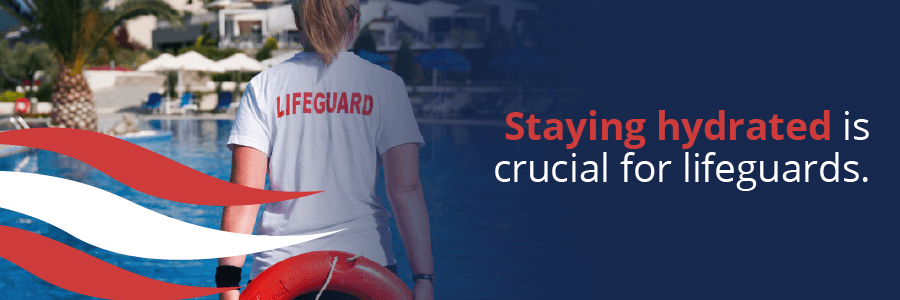
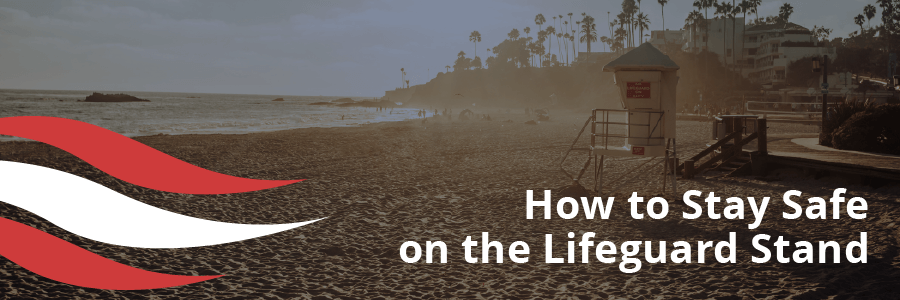
A day at the beach or the pool should be a fun time, but water introduces some potential dangers that can turn a fun day into a disastrous one. Fortunately, lifeguards have the critical job of preventing this from happening. Lifeguards truly do guard the lives of people every day. To keep others safe, lifeguards must prioritize their own health and wellbeing, as well. We're going to look at eight safety tips lifeguards can use to keep themselves and others safer every day they're on the lifeguard stand.
1. Get Enough Rest
If you want to stay safe and help keep others safe too, you need to make sure you're well rested. Many Americans fail to get enough sleep at night, which can affect the work they do. According to the National Sleep Foundation, going through your day under-rested impairs your ability to focus and slows your reaction time, among other problems. If you get tired enough, you may even risk falling asleep on the job.
Feeling drowsy will get in the way of anyone's work, but for lifeguards, it's especially dangerous. Staying alert and being able to react quickly is an essential part of a lifeguard's job. You can't afford to be drowsy or distracted when swimmers' safety depends on you. The amount of sleep needed to feel rested varies from person to person, so listen to your own body and make time for the sleep you need every night to be at your best the next day.
If you're having trouble sleeping at night, try these tips:
- Exercise during the day.
- Make sure your mattress and pillow are comfortable.
- Don't consume caffeine in the late afternoon or evening.
- Avoid using electronics before bed.
- Maintain a consistent sleep schedule.
2. Stay Hydrated
Another way to stay safe while you're on the lifeguard stand is to drink plenty of water. Staying hydrated is crucial for lifeguards. When you're sitting outside in the heat, your body loses fluids through perspiration. You need to drink water frequently to maintain proper hydration levels.

If you don't hydrate and you become dehydrated, you could get a headache and muscle cramps, and you could start to feel foggy or dizzy. If you begin to feel any of these symptoms, be sure to drink water right away. In addition to water, you can drink sports drinks, iced tea or coconut water. Since you need to stay at your post until you get a break, you should always have a water bottle with you. When you're on break, refill it so you can keep drinking.
There's no black-and-white answer for how much water you need. According to the National Academies of Sciences, Engineering, and Medicine, women need around 11.5 cups of fluid per day while men need about 15.5 cups. Approximately 20% of fluid intake comes from food, so most women should be drinking about 9 cups of water every day, and most men should drink about 12 cups.
3. Apply Sunscreen
Swimmers and lifeguards alike should be conscious of the sun's effects on their skin. Especially if you're a lifeguard at a beach, you need to protect your skin from ultraviolet rays that can burn your skin and ultimately cause skin cancer. One in five Americans will develop skin cancer at some point by the time they turn 70. Protecting yourself from the sun now can help you avoid skin cancer in the future.
So, how can you protect yourself from the sun? Simple steps like wearing a visor and sunglasses is a start, but the most important step you can take is applying sunscreen. Though lifeguards should already be aware of the importance of sunscreen, they may not be using enough. To protect your skin, follow these guidelines, suggested by the Skin Cancer Foundation:
- Apply sunscreen around 30 minutes before you start your shift in the sun.
- Use approximately one ounce of sunscreen whenever you apply to get the full SPF.
- Reapply sunscreen every two hours or more frequently if you're sweating a lot.
- If you end up in the water, reapply sunscreen right after.
Following these guidelines can help you protect your skin, even on the sunniest of days.
4. Eat Right
Eating a healthy diet may not seem closely related to the work you do, but consider how the things you eat can drastically affect how you feel. For instance, you may feel sluggish from eating junk food or weak from not eating enough. Alternatively, eating the right foods can help you feel energized so you can focus on keeping swimmers safe.
When you're getting ready for a shift, make sure you eat a balanced meal that is rich in healthy protein. This will help sustain your body for a longer time. That said, you should still bring along some snacks in case you get hungry on the job. Hunger can become a distraction, so you want to be ready with some nutritious ways to fill up when you need it.
Here are some ideas for snacks you can pack along and munch on throughout the day:
- Raw fruits
- Raw vegetables
- Nuts
- Granola bars
- Dried fruit
- Hard-boiled eggs
- Sunflower or pumpkin seeds
5. Stay Active
Staying safe also means staying on top of your game physically. Staying active is a vital part of overall health for all people, but if your job may require you to perform demanding tasks to save lives, it's absolutely essential. Our recommendations for how lifeguards can stay in shape include:
- Swimming
- Rowing
- Running
- Extrication exercises
- Muscle training
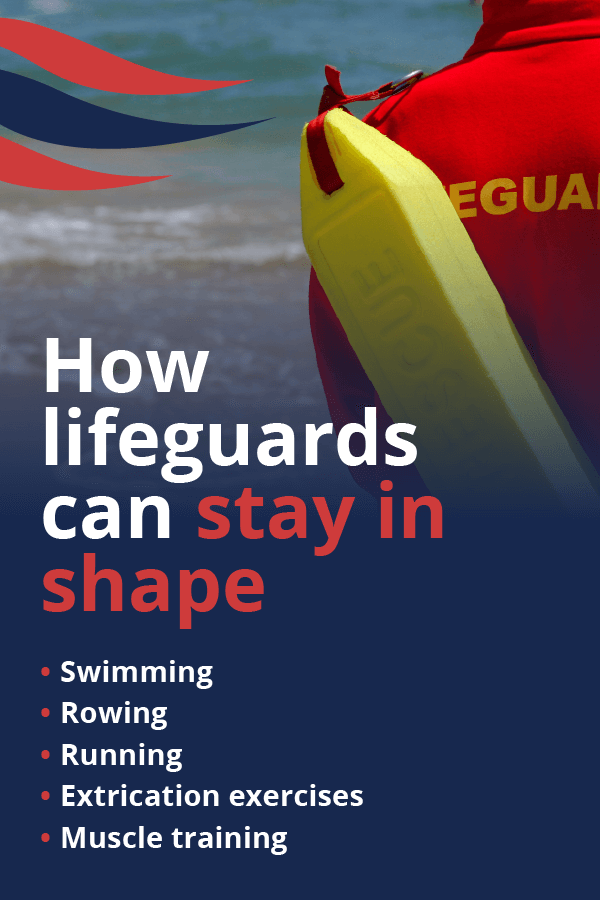
If there are certain activities you enjoy that get your blood pumping like playing a sport, jogging, cycling, dancing, doing martial arts or any other activity, these are also great ways to stay active. Just remember that lifeguards should also include some strength training to build muscles.
Since working out can leave you feeling tired, you may not want to exercise just before a shift at the lifeguard stand. Instead, fit your workout in early enough that you have time to recover, or exercise after your shift ends. Consistently exercising should give you the strength and stamina to do your job well and should help you feel better in every aspect of your life.
6. Consistently Uphold Rules
Another way you can keep yourself and others safe is by committing to upholding the rules at all times. This may seem like a no-brainer, but it's easy to become too lenient when you have friends and family around. If you make an exception for even one person, this can quickly compromise the integrity of your beach or pool rules. Consistency is key.
Of course, to consistently enforce rules, you have to know what these rules are. Make sure you know every rule. If one lifeguard lets something go because they forgot there was a rule prohibiting it, that will make it more difficult for other lifeguards to properly enforce the rule. Lifeguards should never have to deal with hearing something like, "But the other lifeguard didn't say anything."
In general, rules are intended to keep people safe. However, some people are bound to push back against these rules. In these cases, it's helpful to know why you have the rules in addition to knowing what they are. Try to be as specific as possible when explaining the reasoning behind rules to swimmers who protest. Simply telling them it's for their protection may not be enough. For example, if you have to clear a pool or body of water due to a thunderstorm, you should be ready to explain the dangers of being in the water when lightning may strike.
7. Scan Effectively
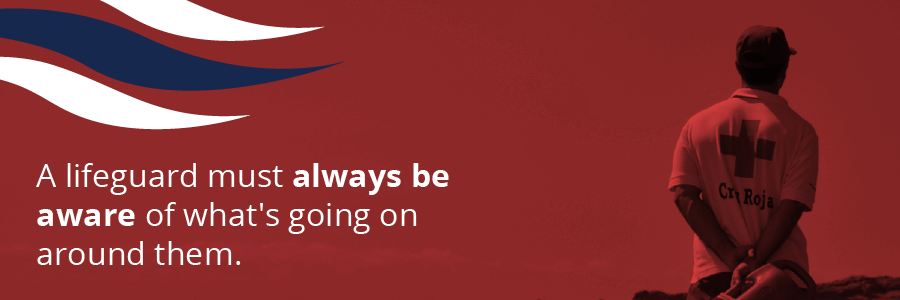
A lifeguard must always be aware of what's going on around them. To prevent mishaps and intervene in dangerous situations, you need to be scanning constantly. So, how can you do this effectively? The best method for scanning is to combine methods. Specifically, you should switch up your scanning method and your physical position every five minutes to keep things fresh. Try alternating between these two methods:
- Side to side: One basic means of scanning the area is by scanning horizontally back and forth. The first time, direct your gaze toward the top end of your line of sight as you move from left to right. Next, focus on the middle, and then finish by scanning across the lower strip of the area you're watching.
- Top to bottom: Similarly, you can also scan in a vertical manner, starting at the top and scanning down. Begin this process towards the left, before moving to the middle and then finishing by scanning top to bottom on the right. You can also adjust this method and first look beneath the water, then at the water's surface, then around the pool.
Keep in mind that you should scan quickly so you can take in your surroundings completely within about 10 seconds. This way, you can quickly detect a problem and have time to reach someone in crisis before they have a chance to drown. Repeat one scanning method for five minutes, and then switch to the other method. This will allow you to be fully aware of what's going on within a 180-degree area in front of you at all times.
Here are some additional tips to help you scan effectively:
- Position yourself properly: Stay elevated at least 5 feet above the water to give you a bird's eye view. This makes it easier to see everything that's going on.
- Stay focused: Avoid distractions by leaving your phone and any sort of entertainment put away. While it's easy to get bored with no social media, book, music or any other form of entertainment, this is the only way to stay in the zone.
- Rest frequently: The American Red Cross recommends a break at least once an hour. Take advantage of your breaks to rest your eyes and mind so you can start back fresh.
8. Rotate Carefully
Since a lifeguard's job is demanding, frequent breaks are necessary so you can stay sharp when you're on the stand. That's why you must adhere to a lifeguard rotation schedule. However, when it's time to rotate and let the relief guard take over, if you're not careful, this transition could create a gap in safety. A risk manager writing for Aquatics International pointed out that he had commonly seen gaps in safety where no one was actively scanning for 20 seconds up to several minutes.
This can happen due to the on-duty lifeguard and the relief guard conversing and becoming distracted or by the on-duty lifeguard leaving before the relief guard has arrived. Whatever the reason, this is enough time for a disaster to take place. To maintain safety at all times, you must implement an effective rotation protocol.
Let's review some lifeguard safety rules for an effective rotation. First, here's what not to do — as the relief guard approaches, don't turn to look at them. Instead, continue scanning the area. If you are the relief guard, even if you see the guard on duty is scanning, you should already start surveying your surroundings, as well.
As the relief guard approaches the on-duty lifeguard, the two should take a moment for the on-duty lifeguard to brief the newcomer on any potentially problematic situations they've observed. This could include misbehaving swimmers, inexperienced swimmers or environmental concerns like strong winds. Both lifeguards should keep scanning during this conversation. While this conversation is necessary, you shouldn't stay too long to chat as this can lead to distraction.
As the on-duty guard steps down from the chair and allows the relief guard to take over, they should continue scanning until the new lifeguard is in place and ready to go. Don't leave until the relief guard has acknowledged that they've officially taken over. You should also ensure that they have their own equipment with them — especially a rescue tube.
Committing to a safe lifeguard rotation process that leaves no room for problems to occur undetected is essential to keep everyone safe. Never let your guard down until you're absolutely certain the new lifeguard has fully taken over and you're on break.
The Lifeguard Store Has You Covered
The right equipment is an important part of staying safe on the lifeguard stand and enjoying your job. The Lifeguard Store has all the equipment and accessories you need to stay on top of your game, including rescue gear, personal items, swimwear, educational resources and more. With competitive pricing, fast shipping and easy returns, there's no reason not to make the Lifeguard Store your go-to source for all your lifeguarding needs. Browse through our products today and start your next shift on the lifeguard stand with an extra dose of confidence.
Learn More Lifeguard Tips:
- How to Avoid Sunburn as a Lifeguard
- Tips for Managing and Positioning Your Lifeguards
- How to Stay Warm as a Lifeguard When It’s Cold Outside
- How to Handle Disruptive Guests at the Pool
- How to Get Ready for Lifeguard Season
- What You Need to Know About Shallow Water Lifeguarding
- Tips for Maintaining Focus and Improving Scanning for Lifeguards




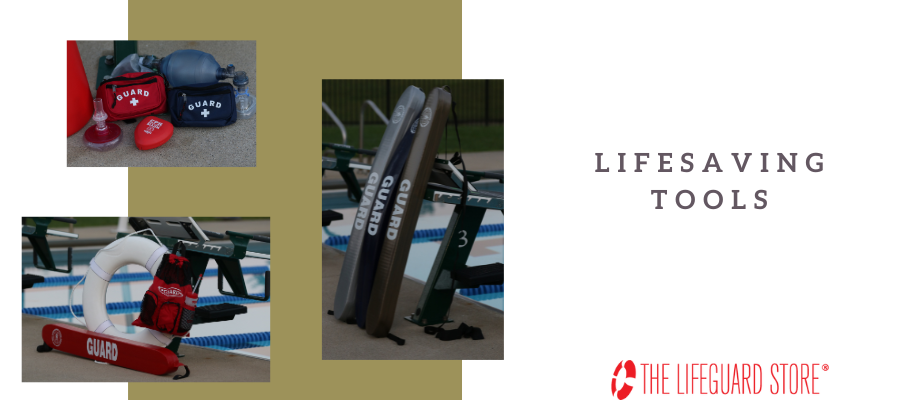
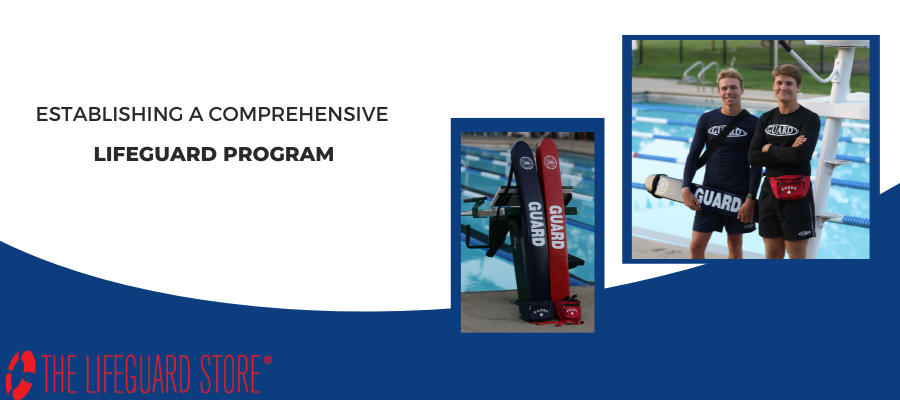
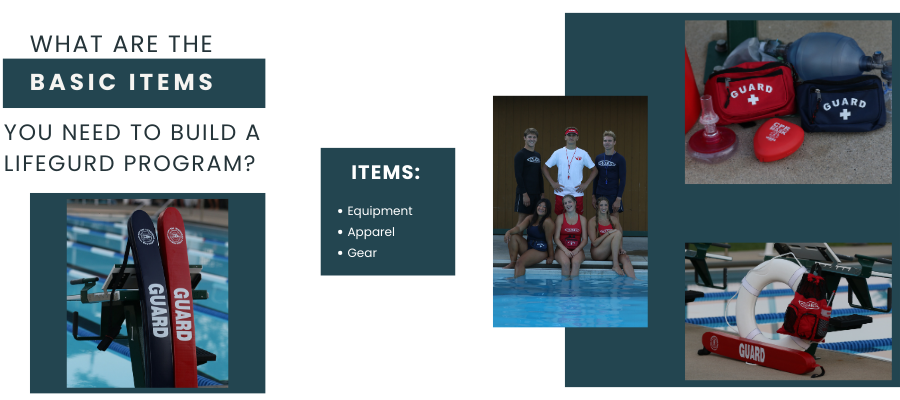
Leave a Comment
Your email address will not be published. Required fields are marked *